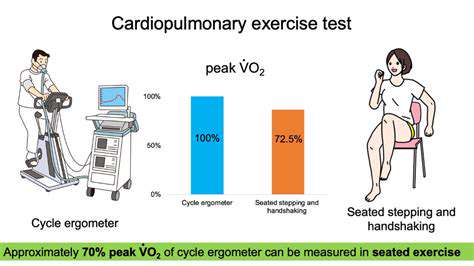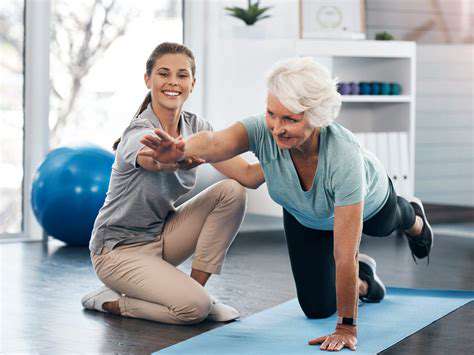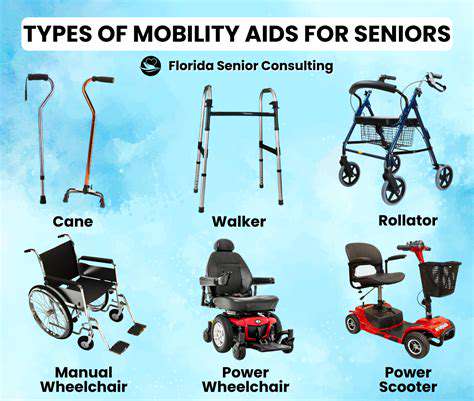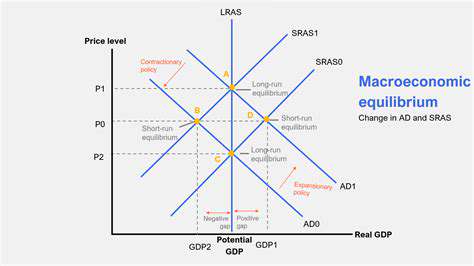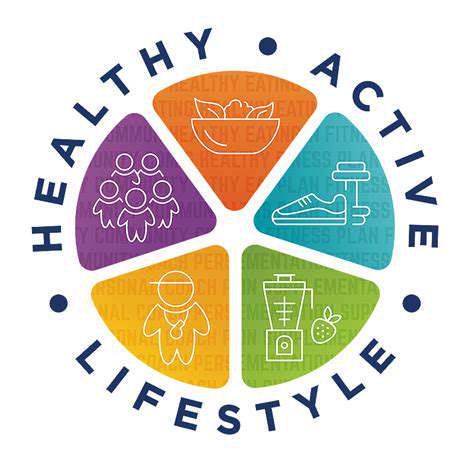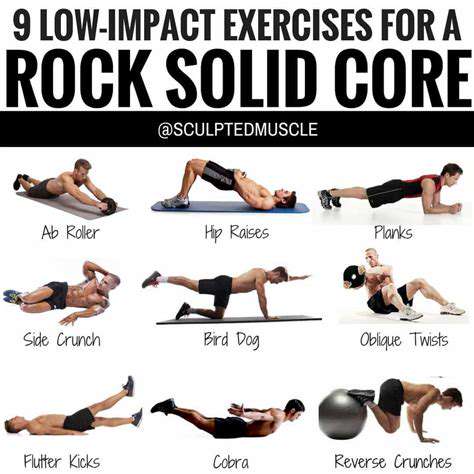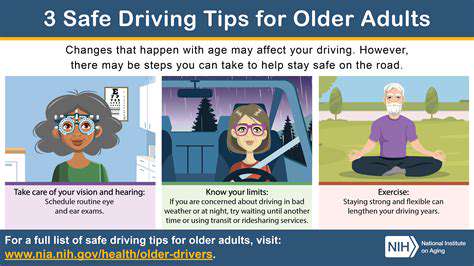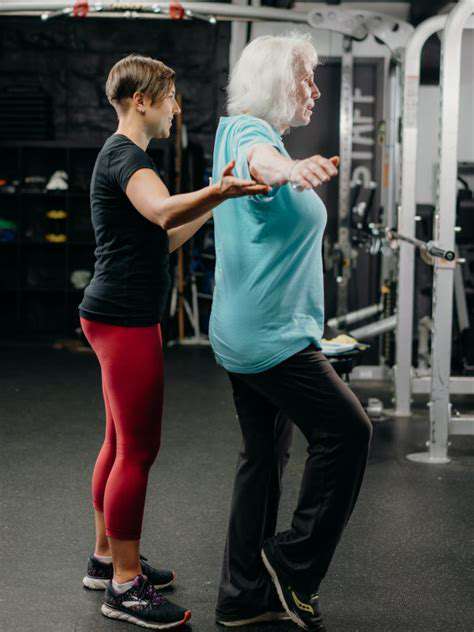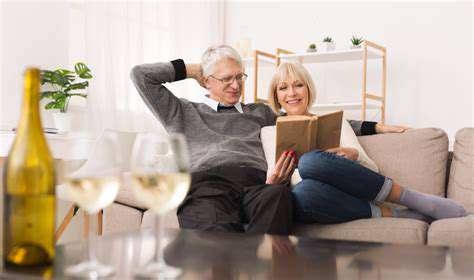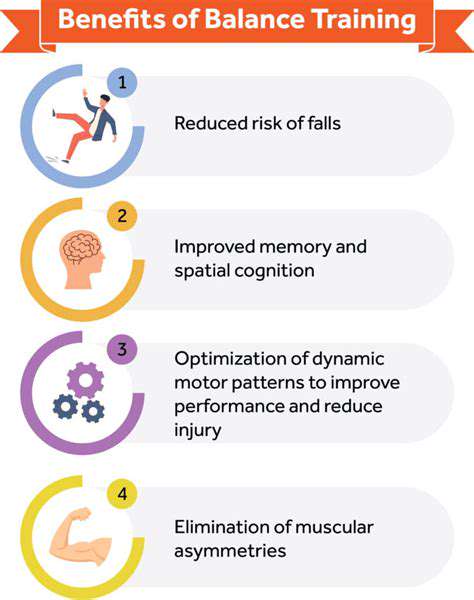Gentle Chair Yoga for Seniors 80+ to Improve Balance and Memory
Benefits of Chair Yoga for Balance and Memory
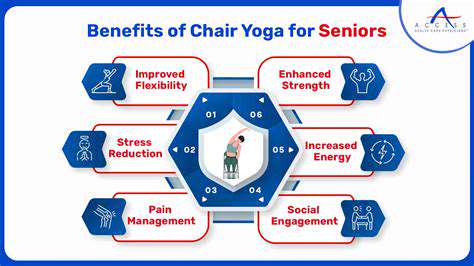
Improved Balance and Stability
Chair yoga is an excellent way to improve balance and stability, especially for individuals who may have difficulty standing for extended periods or have concerns about falling. The gentle movements and mindful postures help to strengthen the muscles that support the body's equilibrium. Practicing chair yoga regularly can increase your body awareness and proprioception, leading to greater confidence in maintaining balance in everyday activities.
Enhanced Flexibility and Range of Motion
Chair yoga incorporates a variety of stretches and poses that can significantly improve flexibility and range of motion in the hips, shoulders, and spine. These stretches target tight muscles and improve their elasticity, which can be particularly beneficial for individuals with limited mobility or stiffness.
Gentle stretches and controlled movements can help to improve the overall flexibility of your body. This improved flexibility can translate to better posture, reduced pain, and increased ease of movement.
Reduced Stress and Anxiety
The mindful and focused nature of chair yoga can be a powerful tool for stress reduction and anxiety management. The slow, deliberate movements, combined with deep breathing techniques, promote relaxation and calm the nervous system, which can be particularly helpful in managing stress and anxiety in daily life.
Increased Body Awareness
Chair yoga encourages a heightened sense of body awareness, helping you to become more attuned to the sensations in your body. This awareness can be beneficial for identifying areas of tension or discomfort and for making conscious choices to release them.
By paying close attention to your body's responses during each movement, you can develop a deeper connection with yourself and better understand your physical limitations. This self-awareness can lead to better overall well-being.
Improved Posture and Spinal Health
Chair yoga can help to improve posture and support spinal health. Many of the seated poses gently work to strengthen the muscles that support the spine, promoting a more aligned and upright posture. This, in turn, can alleviate back pain and discomfort.
Strengthened Core Muscles
Although done in a seated position, chair yoga can effectively strengthen core muscles. Many poses engage the abdominal and back muscles, leading to improved core strength. This enhanced core strength can contribute to better balance, stability, and overall body support.
Accessibility and Inclusivity
Chair yoga is highly accessible to individuals of all ages and fitness levels, making it a fantastic option for anyone looking to incorporate yoga into their routine. Its accessibility is a major benefit, as it can be easily adapted to accommodate various physical limitations and needs. This inclusivity makes chair yoga a valuable practice for individuals of different abilities and backgrounds. The seated position eliminates the risk of falling, thereby making it a safe option for those with balance issues.
Adapting Chair Yoga for Individual Needs
Modifying Poses for Limited Mobility
Chair yoga is incredibly adaptable, allowing individuals with varying degrees of mobility to participate and reap its benefits. For seniors 80+ with limited mobility, modifications are crucial. Instead of attempting a full forward bend, for example, a gentle forward lean from a seated position, holding onto the chair arms for support, can still provide the stretching benefits to the back and hamstrings. If full arm stretches feel challenging, simply holding hands or wrists for support while reaching forward is equally effective. Focusing on small, controlled movements and holding each position for a shorter duration is key to avoiding strain and maximizing comfort.
Adjusting the depth of stretches is another critical aspect. A slight bend or inclination, rather than a full extension, can achieve the same benefits. For example, instead of reaching all the way to touch the toes, simply reaching towards them or bringing the hands towards the knees can effectively stretch the legs and back. These modifications not only make the practice safer but also foster a sense of accomplishment and encourage continued participation, allowing the individual to progress at their own pace. Consistency is key to building strength and flexibility, and modifications allow for a consistent practice that's enjoyable and sustainable.
Incorporating Props for Added Support and Comfort
Utilizing props can significantly enhance the comfort and accessibility of chair yoga poses for seniors 80+ with limited mobility. A small, supportive cushion or bolster placed behind the back can provide additional comfort and support, particularly during seated backbends. Using a blanket or rolled-up towel for support beneath the knees can alleviate pressure points and promote relaxation. These small adjustments can make a world of difference in comfort and enjoyment. Proper support is essential, preventing discomfort and encouraging a positive yoga experience.
A soft, pliable yoga strap can be incredibly helpful for assisting with stretches that might be challenging. For example, a strap can be used to gently guide the hands towards the feet during a forward bend, or to support the arms during arm stretches. The strap provides a gentle pulling force, allowing for a deeper stretch without undue strain on the joints. Careful positioning and gradual lengthening of the stretch, alongside consistent practice, are crucial to achieving the desired benefits without risking injury.
Adding a small, weighted ball under the feet during certain poses can help improve balance and coordination, which are often important for seniors. It can also provide a subtle resistance that can assist in strengthening the legs and ankles. The incorporation of props transforms chair yoga into a personalized practice, ensuring comfort, safety, and maximum benefit for each individual. By thoughtfully incorporating props, individuals can perform poses and reap the benefits of yoga with maximum safety and comfort.
